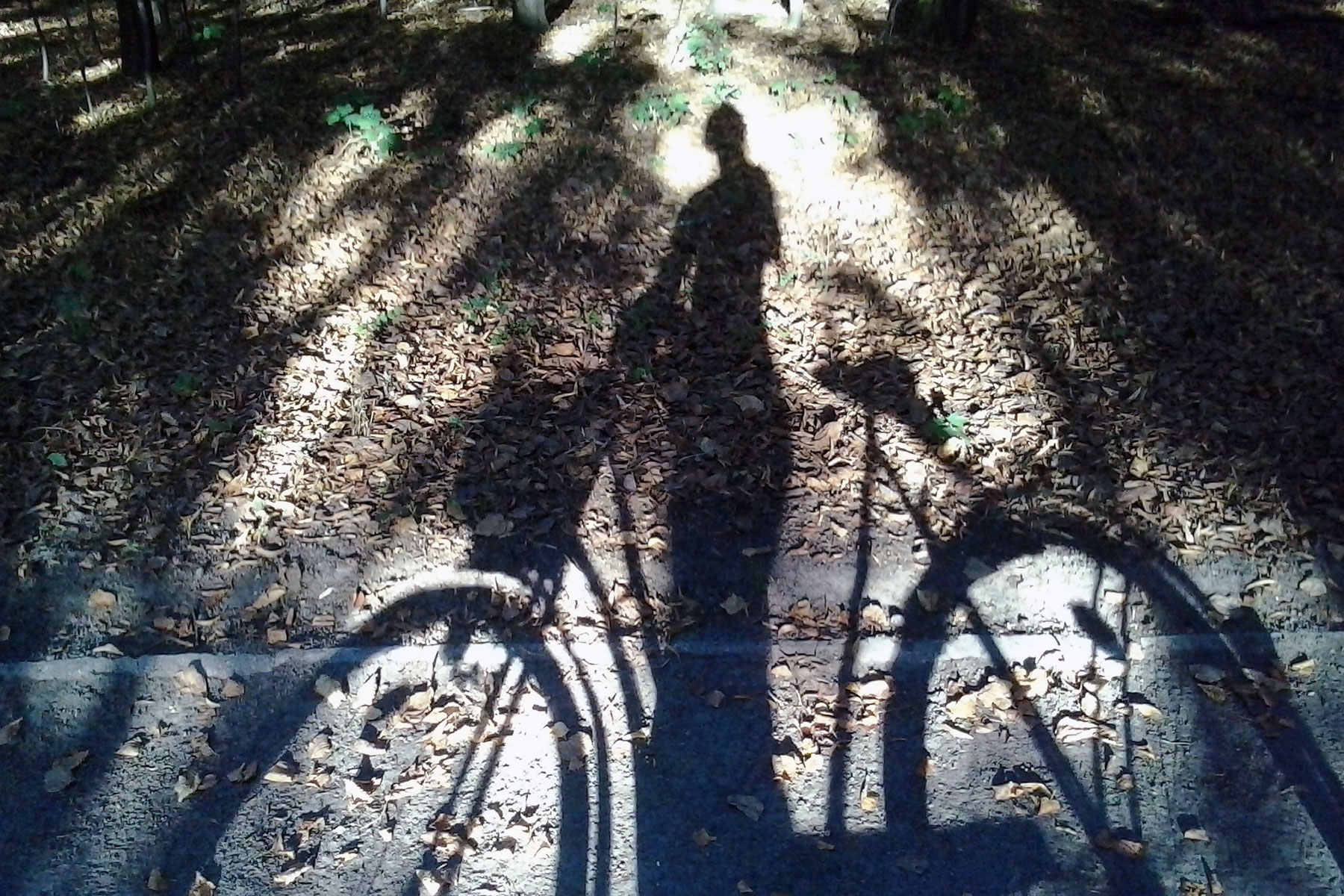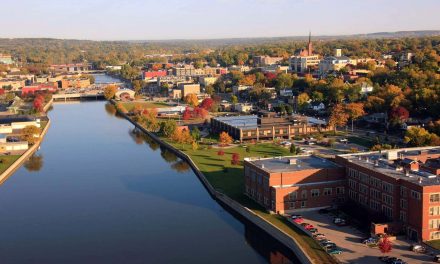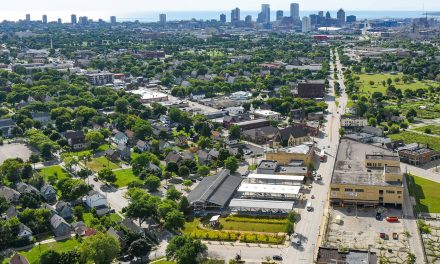
The “Reconnecting Milwaukee” study was done to better understand the impact of connecting specific trail corridors as part of the Route of the Badger project.
A new study released today by Rails-to-Trails Conservancy (RTC) found that neighborhoods experiencing inequality in Milwaukee, those where a concentration of the population lives under the poverty line, is unemployed, does not have a high school degree, does not own a vehicle and is either African-American or Hispanic—disproportionately lack access to biking and walking facilities.
The study, Reconnecting Milwaukee – A BikeAble Study of Opportunity, Equity and Connectivity, explores current access for bicyclists and pedestrians to employment centers and schools as well the impact that potential plans for new trails and biking facilities could have on the city.
“Physical and social barriers to transportation have divided Milwaukee for generations, isolating entire segments of the community from jobs, schools, health care and other important destinations,” said Willie Karidis of RTC. “Rails-to-Trails Conservancy’s BikeAble study found that an investment in two specific trail projects has the potential to create new walking and biking access for hundreds of thousands of Milwaukeeans. This could be life changing for those who currently have very few safe options for walking or biking where they want and need to go.”
The Route of the Badger—a trail-network-building project with a vision of connecting 500-miles of trail across Southeast Wisconsin—is one of RTC’s TrailNation projects, which are focused on catalyzing the development of trail networks nationwide, creating healthier places for healthier people.
Key study findings include:
- In the north-central and south-central regions of the city, only 3 percent of residents are within walking distance and 8 percent within biking distance of a trail. These areas are predominantly African-American or Hispanic neighborhoods and have higher concentrations of poverty, unemployment and zero-car households.
- Across the entire city, access to trails is unequal. Eight percent of all residents are within walking distance, and 24 percent live within biking distance of a trail. In neighborhoods experiencing inequality, only 3 percent are within walking distance and 8 percent within biking distance of a trail.
- Adding trail facilities along the 30th Street Corridor and Kinnickinnic River Trail will significantly increase walking and biking access to trails. Across the city, walking access would increase to 14 percent and biking access to 59 percent. In neighborhoods experiencing inequality, walking access would increase to 11 percent and biking access would increase to 66 percent—increasing access to trails from 25,000 to 200,000 residents.
- Citywide, 59 percent of residents have low-stress routes within 2 miles of critical destinations such as grocery stores, schools, libraries and hospitals. Forty percent of residents have low-stress routes within 2 miles of an employment center.
“When grand visions like Route of the Badger are laid out, we cannot forget to ask who will have access to these resources,” says Kate Nelson, chief sustainability officer at the University of Wisconsin-Milwaukee and a member of Path to Platinum. “A powerful 500-mile trail network activates a community and provides healthy, affordable transportation that can trigger opportunities along its route. The BikeAble analysis completed through the Route of the Badger efforts not only focuses on new miles of trail, but rather on who has access to those trails.”
RTC’s BikeAble tool, which was used to conduct this study, is a GIS modeling platform that analyzes the connectivity of a community to determine the best low-stress routes for bicycling based on geographic location, access to key destinations and associated traffic stress. Low-stress routes are ones with speed limits of 25 miles per hour or less and fewer than two lanes, and which lack significant physical barriers such as highways where bicyclists or pedestrians are unable to safely cross.
Rails-to-Trails Conservancy, a nonprofit organization with more than 160,000 members and supporters, is the nation’s largest trails organization dedicated to connecting people and communities by creating a nationwide network of public trails, many from former rail lines.














